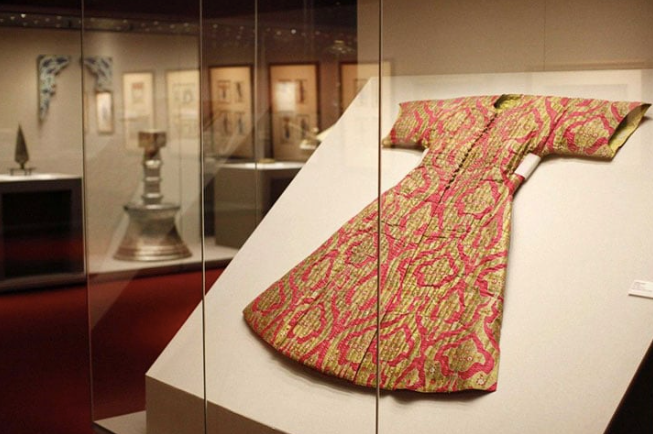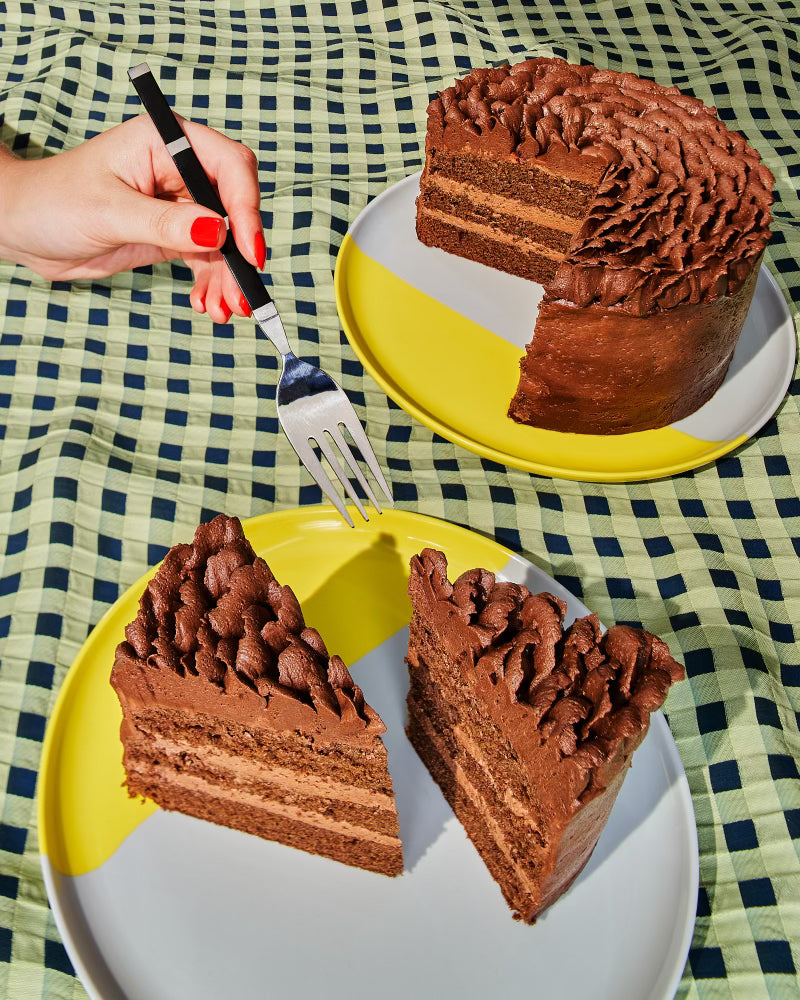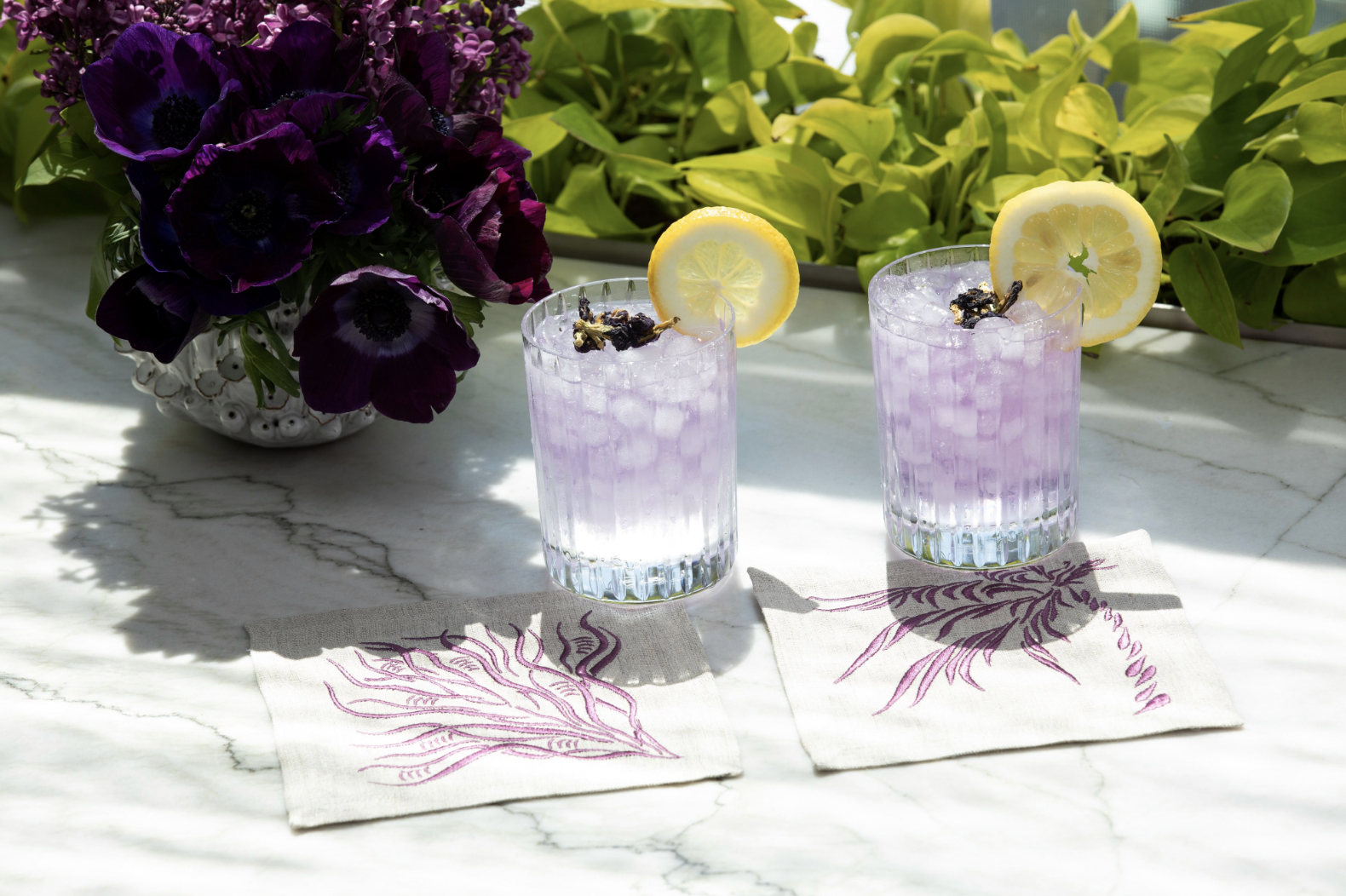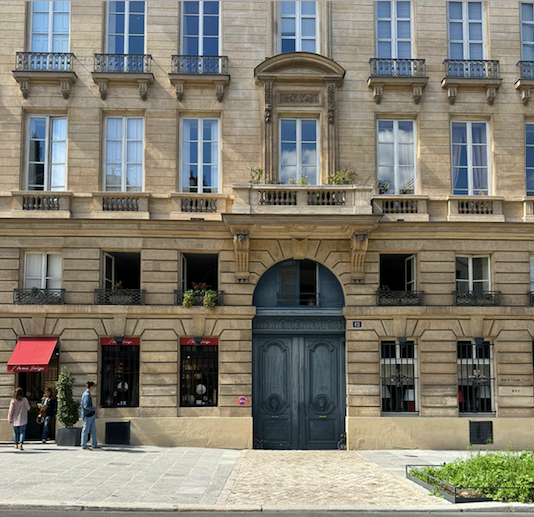
COATS FIT FOR A SULTAN - INSPIRATION AT THE TOPKAPI PALACE ISTANBUL

The Sultans of the Ottoman Empire
Welcome to our ONLINE STORE and blog.
As a barware, lighting and home accessories design company, at Thomas Fuchs Creative we specialize in handmade goods.
Every week we give you a behind the scenes look at the people, places and things that inspire us.
This past summer my sister gave us the perfect excuse to make a family trip back to Istanbul and Bodrum to celebrate my brother-in-laws 60th Birthday. Having been to Istanbul over 20 years ago it was so nice to see it through Thomas' eyes who had never been there.
Istanbul[b] is the largest city in Turkey, straddling the Bosporus Strait, the boundary between Europe and Asia. It is considered the country's economic, cultural and historic capital. The city has a population of over 18 million residents, comprising 19% of the population of Turkey,[3] and is the most populous city in Europe[c] and the world's fifteenth-largest city.

Topkapi Movie Poster 1964
Our 1st stop with our amazing Tour Guide Safiye was The Topkapi Palace Museum. The Topkapı Palace (Turkish: Topkapı Sarayı;[2] Ottoman Turkish: طوپقپو سرايى, romanized: ṭopḳapu sarāyı, lit. 'Cannon Gate Palace'),[3] or the Seraglio,[4] is a large museum and library in the east of the Fatih district of Istanbul in Turkey. From the 1460s to the completion of Dolmabahçe Palace in 1856, it served as the administrative center of the Ottoman Empire, and was the main residence of its sultans.
I always loved the Topkapi Museum because of the 1964 romantic comedy with the same name "Topkapi" which I had seen as a kid. I had the opportunity to revisit the Topkapı Museum after twenty years, a place that had left me in awe with its rich history and breathtaking collection of Turkish textiles and kaftans the first time I had visited it.
One of the most fascinating aspects of our visit was learning about the tradition of preserving the kaftans of each Ottoman sultan from the time of Sultan Mehmet II (1451-1481) onwards. Imagine walking through rooms filled with garments worn by these powerful figures, each piece telling a story of its own. It’s not just the clothing that’s on display, but a tangible piece of history that’s been passed down through generations.
As Thomas and I wandered through the halls, I couldn’t help but marvel at how these fabrics, some of the finest in the world, have been preserved with such care over the centuries.
My Video Showing The Caftans in Real Time
What really struck me was the sheer artistry involved in creating these garments. The collection showcases clothing of sultans and princes from the second half of the 15th century to the early 20th century, with each piece being a masterpiece of Ottoman textile art.
I learned that the decorative patterns on the sultans’ clothing were drawn up by palace miniaturists, who were part of the court’s artists and artisans, known as ehl-i hiref. These garments weren’t just made from any fabric; they were crafted from expensive silks like velvet, çatma velvet with raised designs, and kemha or velvet pile. It’s amazing to think that such luxury was woven into the very fabric of these people’s lives.
The kaftans themselves are works of art. These robe-like garments, with their long wide sleeves and open fronts, were worn over other clothes and were made from cloth woven in Bursa, then sent to Istanbul for sewing. It was fascinating to learn that upon the death of a sultan, his clothes were labeled and carefully stored in the treasury. They were even taken out and aired each spring to protect them from damp, which is why they remain in such remarkable condition today.
I found the evolution of cloth patterns particularly intriguing. The small, crude patterns of the 15th century gradually developed into the more intricate designs of the 16th century, reaching their peak in the 17th century. The motifs used during this time—tulips, carnations, hyacinths, paradise apples, encircled branches, pomegranates, deer, and stags—add a unique and personal touch to each garment.

Michou @ The Grand Bazaar
Upon returning to our hotel room, my mind was buzzing with ideas on how to incorporate a cultural fashion nod during the four-day festivities. I revisited the invitation, noticing that the dress code for the final night was "Lounge Suit & Cocktail Attire." Ironically, I was already prepared with a 1960s-inspired, custom-made Italian emerald green silk gauze tuxedo ruffle shirt that I had yet to wear. I planned to pair it with my grandfather’s custom 1950s Gaston Baud tuxedo, which, incidentally, I wore to their wedding over 25 years ago.
The next day, as Thomas and I strolled through the Grand Bazaar, we stumbled upon an amazing textile store. While we were sifting through fabrics, considering custom tablecloths and pillow covers, a particular fabric caught my eye. It sparked the idea of creating a version of the Sultan’s caftan I had seen at the Topkapi Museum. When I asked the store owner if it was possible, he assured me that if I could wait 30 minutes, he could have it made by a tailor working in the back of the market.

Thomas and I At The Event
I was hopeful that the color and pattern I had chosen for the coat would complement my emerald green shirt. Coincidentally, I had my Alexander McQueen black wool silk crepe pants with a gold-embroidered waistband with me, which I could wear in lieu of the suit, matching it with my new silk velvet floor length coat.
The anticipation was intoxicating—I decided not to try on the outfit until the day of the event, knowing that if it didn’t work, I still had my original plan, which I was equally excited about. I’ve always believed that when one is invited to an event, the host puts in so much effort, and as guests, it’s our duty to show up and show out. From Africa to Morocco to Portugal, I’ve realized that my appreciation for culture is expressed by purchasing handmade textiles during my travels in the countries I visit.
My visit to the Topkapı Museum was more than just a historical journey; it was a deeply personal experience that connected me to a rich and vibrant past which I made present by my custom made coat mirroring what I had seen in the museum proving that art and fashion do mimic life.
If you ever find yourself in Istanbul, I can’t recommend it enough. It’s a place where history comes alive through the threads of these magnificent garments.
Have a fantastic week ahead,
Michou






2 comments
💙
Alessandra
An amazing one ! Thank you.
Gabrielle Hatchuel-Becker
Leave a comment
This site is protected by hCaptcha and the hCaptcha Privacy Policy and Terms of Service apply.